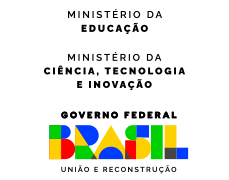Introduction to Quantum Computing
Description: Quantum computers can be described by a relatively easy mathematical model based on linear algebra and probability theory. We show how entanglement allows having computational speed-up. At the same time some “easy” algorithms such as “adding 1” have nontrivial details. The most famous algorithms are quantum Fourier transform, Quantum search (Grover), Shor. In the course we consider them as well as more practical-related approaches such as Q-RAM and speeding up linear algebra (HHL-alrogithm). Practical lessons will be based on IBM quantum computers. Note that the current realization of computers is far from perfect.
The topics include:
- Representation of a state of quantum computer.
- Measurements.
- Operations on quantum computers. Quantum gates. What is a quantum program?
- Running on IBM computer. String notation.
- QASM language.
- Bka-ket notation. Calculations in basis.
- Single- and two-qubit gates.
- Entanglement power.
- Permutations.
- Realizations of multiple-control.
- Quantum fourier transform.
- Quantum memory, QRAM algorithm.
- Quantum search, Grover algorithm.
- Period-finding.
- Introduction to the shor’s factoring algorithm.
- Introduction to the speed-up of linear algebra. HHL-algorithm including hamiltonian simulation, phase estimation.
Literature
- Collin P. Williams. Explorations in Quantum Computing, 2011.
- Michael A. Nielsen, Isaac L. Chuang. Quantum Computation and Quantum Information. 2010.
- Danial Dervovic, Mark Herbster, Peter Mountney, Simone Severini, Naïri Usher, Leonard Wossnig, Quantum linear systems algorithms: a primer, 2018, https://arxiv.org/abs/1802.08227.


